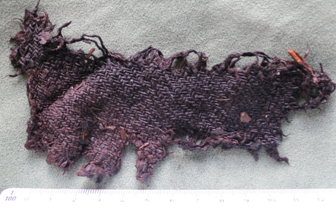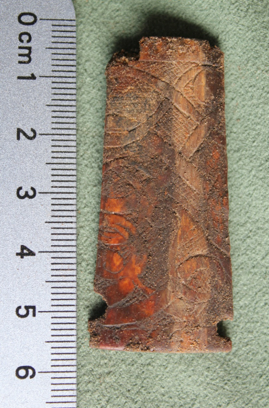Talk: Did Greenland's Vikings go extinct?
March 21, 2017
Did Greenland’s Vikings leave behind descendants or did they go extinct despite, as archaeologist Thomas McGovern said, “doing everything right?” The famed Viking archaeologist will argue the latter in a talk titled, “New Views of Viking Greenland: Resilient, Adaptive but Still Extinct.”
The free talk will be from 7-8 p.m. Wednesday, April 5, at the West Valley High School Performing Arts Center, 3800 Geist Road.
The University of Alaska Fairbanks Alaska Quaternary Center and the National Park Service are hosting this event in celebration of April as Alaska’s Archaeology Month.
The story of how the Vikings vanished from Greenland has changed during the 40 years McGovern has studied the subject. He is a professor at Hunter College, City University of New York.
“The old story we told was all about mal-adaptive Norsemen taking medieval society into the Arctic, drawing down natural resources, and then becoming extinct when climate changed," he said. "Sad, but not as scary as our current understanding of the Norse Greenlanders as highly resilient and adaptive who do many things right, but become extinct anyway. This is not a society that 'chose to fail,' but they died out none the less."
McGovern said new evidence challenges old conceptions. Archaeologists thought Erik the Red led fellow Vikings to Greenland in 14 longships and settled the island during a warming period in the climate. They then overharvested the land, like their Icelandic counterparts, but couldn't sustain themselves when the climate cooled.

Yet a recent look at Greenland's soils showed the Vikings seemed to be responsible farmers — leaving behind a nice layer of peat without any signs of erosion.
So where did they go? A mass exodus in longships would be somewhat conspicuous to the communities absorbing them. An 18th-century historian searching for the Vikings couldn't find any evidence that the Vikings had left. But when he went to meet the Vikings, there was no one to share beer with.

McGovern has a theory though, which he will share at the talk. He will also talk about his and his research team's work on excavations in Greenland over the past 40 years.
For the talk, people are welcome to dress up as Vikings ... sans beer.
The Alaska Quaternary Center is part of the College of Natural Science and Mathematics. Its scientists study the past two million years, the Quaternary Period, of the Earth's history and environment through human systems, geology, biology and climatology.
CONTACT: Nancy Bigelow with the Alaska Quaternary Center at nhbigelow@alaska.edu, 474-5433
ONLINE: http://cnsm.uaf.edu/vikings


